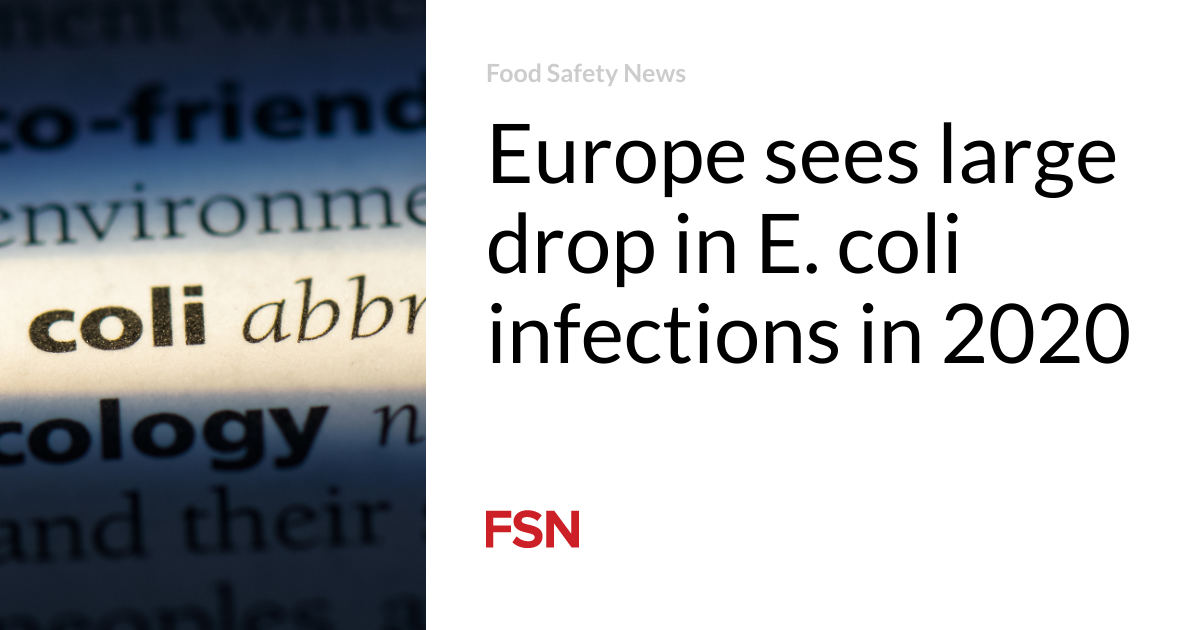On February 28, 2022, Abbott Nutrition recalled Similac PM 60/40 powdered formula (Lot # 27032K80 (can) / Lot # 27032K800 (case).
The Similac PM 60/40 recall is in addition to other lots of Similac, Alimentum, and EleCare powdered formula that were recalled on February 17, 2022 for possible Cronobacter contamination.
Similac, Alimentum, or EleCare powdered formula products recalled on February 17 have all three of these markings:
First two digits are 22 through 37, AND
Code on the container contains “K8,” “SH,” or “Z2,” AND
Use-by date is 4-1-2022 (APR 2022) or later
 What do you need to know about Cronobacter sakazakii?
What do you need to know about Cronobacter sakazakii?
Cronobacter sakazakii is a bacterium that causes a rare but often fatal infection of the bloodstream and central nervous system. Infants with weakened immune systems, particularly premature infants, are most likely to contract an Cronobacter infection, although the bacteria have caused illnesses in all age groups.
Cronobacter sakazakii in Infant Formula
Most cases of Cronobacter sakazakii come from powdered infant formula contaminated with the bacterium. However, this type of infection is still very rare. High temperatures reached in preparing the formula usually kill the bacteria, but they are known to survive even after preparation.
Powdered infant formula is most likely contaminated after production, since the pasteurization process is normally adequate to kill Cronobacter sakazakiibacteria. However, if the powder is produced using the dry blending process, and not heated, Cronobacter bacteria can survive in the formula.
Symptoms of Cronobacter Infection
Cronobacter symptoms usually include the following in infants:
- Poor feeding response
- Irritability
- Jaundice
- Grunting while breathing
- Unstable body temperature
A Cronobacter sakazakii infection can also turn into meningitis, an inflammation of the membranes surrounding the brain and spinal cord. Signs of meningitis in newborns include:
- High fever
- Constant crying
- Excessive sleepiness or irritability
- Sluggishness
- Poor feeding
- A bulge in the soft spot on the top of the head
- Stiffness of the body and neck
- Seizures
Around 50 percent of infants who have Cronobacter sakazakii die, and those who survive may experience neurological impairment.
Treatment for Cronobacter sakazakii
A Cronobacter sakazakii infection is usually treatable with antibiotics, although some antibiotic-resistant strains have recently been discovered. If a newborn exhibits any of the above symptoms, consult a doctor to see whether the infant might need treatment.
How to Prevent a Cronobacter sakazakii Infection
The CDC recommends the following steps for preventing a Cronobacterinfection:
Breastfeed your infant. Breastfeeding is one of the best things you can do for your baby’s health and development. Among its benefits: preventing different kinds of infections, such as ear and respiratory infections. Very few cases of Cronobacterinfections have been reported among infants fed only breast milk.
Clean, sanitize, and store feeding items and breast pump parts safely. You can help prevent contamination with germs and keep the milk you feed your baby safe by carefully cleaning, sanitizing, and storing:
• Baby bottles
• Other feeding items
• Breast pump parts
Consider using liquid formula when possible. If your baby gets formula, consider using formula sold as a liquid rather than a powder. This is especially important when your baby is less than 3 months old or if your baby was born prematurely or has a weakened immune system. Liquid infant formula is made to be sterile (without germs) and should not transmit Cronobacter infection when handled carefully. Powered formula is not sterile.
Infant formula does not need to be warmed before feeding, but some people like to warm their baby’s bottle. If you do decide to warm the bottle, never use a microwave. Microwaves heat milk and food unevenly, resulting in “hot spots” that can burn your baby’s mouth and throat.
To warm a bottle, place the bottle under warm running water, taking care to keep the water from getting into the bottle or on the nipple. Put a couple drops of infant formula on the inside of your wrist to make sure it is not too hot.
Prepare and store powdered infant formula safely. Make sure that your formula is not expired or recalled, and that the container is in good condition. Keep powdered formula lids and scoops clean, and close containers of formula as soon as possible. In most cases, it is safe to mix powdered infant formula following manufacturer’s instructions. But if your baby is less than 3 months old, was born prematurely, or has a weakened immune system, you may want to take the following extra steps to prepare your formula with hot water (at least 158°F/70°C) to protect against Cronobacter:
• Clean work surfaces, such as countertops and sinks.
• Boil water and let it cool for about 5 minutes.
• Pour into a clean bottle or feeding cup.
• Add the exact amount of formula listed on the container, and carefully shake the capped bottle rather than stirring the mixture.
• To use right away, cool the formula to body temperature to ensure it is not too hot before feeding your baby. Run the prepared, capped bottle under cool water or place it into an ice bath. Do not let the cooling water get into the bottle or on the nipple.
• Before feeding the baby, test the formula’s temperature by putting a few drops on the inside of your wrist. It should feel warm, not hot.
Use prepared infant formula within 1 hour from start of feeding and within 2 hours of preparing it. If your baby does not finish the entire bottle of formula, throw away leftover formula.
If you do not plan to use the prepared formula right away, refrigerate it immediately. Use refrigerated formula within 24 hours. If you can’t remember how long you have kept formula in the refrigerator, it is safer to throw it out than to feed it to your baby.
Keep hands clean! Always wash your hands carefully with soap and water during key times:
• Before preparing and feeding bottles or foods to your baby.
• Before touching your baby’s mouth.
• Before touching pacifiers or other things that go into your baby’s mouth.
• After using the toilet or changing diapers.
If soap and water are not available, use an alcohol-based hand sanitizer with at least 60% alcohol (check the product label to be sure). Hand sanitizer with at least 60% alcohol kills Cronobacter germs, but wash with soap and water as soon as possible after using hand sanitizer. That’s because hand sanitizer does not kill all types of germs, and it may not work as well if hands are visibly greasy or dirty. It’s also important to keep all objects clean that may enter the baby’s mouth (such as pacifiers and teethers).
Outside References
Centers for Disease Control and Prevention. “Cronobacter Infection and Infants”. CDC: Cronobacter: People at Risk. 28 February 2022. <https://cdc.gov/cronobacter/infection-and-infants.html>.
Black, Elaine, Ph.D Microbiology. “Managing the Risks of Cronobacter Sakazakii.” Ecolab. 3 Dec. 2014. <https://www.ecolab.com/expertise-and-innovation/resources/microbial-risks/cronobacter-sakazakii>.
Mayo Clinic. “Diseases &Conditions: Meningitis/Symptoms-Causes.” Mayoclinic.org. 2 March 2022. <https://www.ecolab.com/expertise-and-innovation/resources/microbial-risks/cronobacter-sakazakii>.
(To sign up for a free subscription to Food Safety News, click here.)














